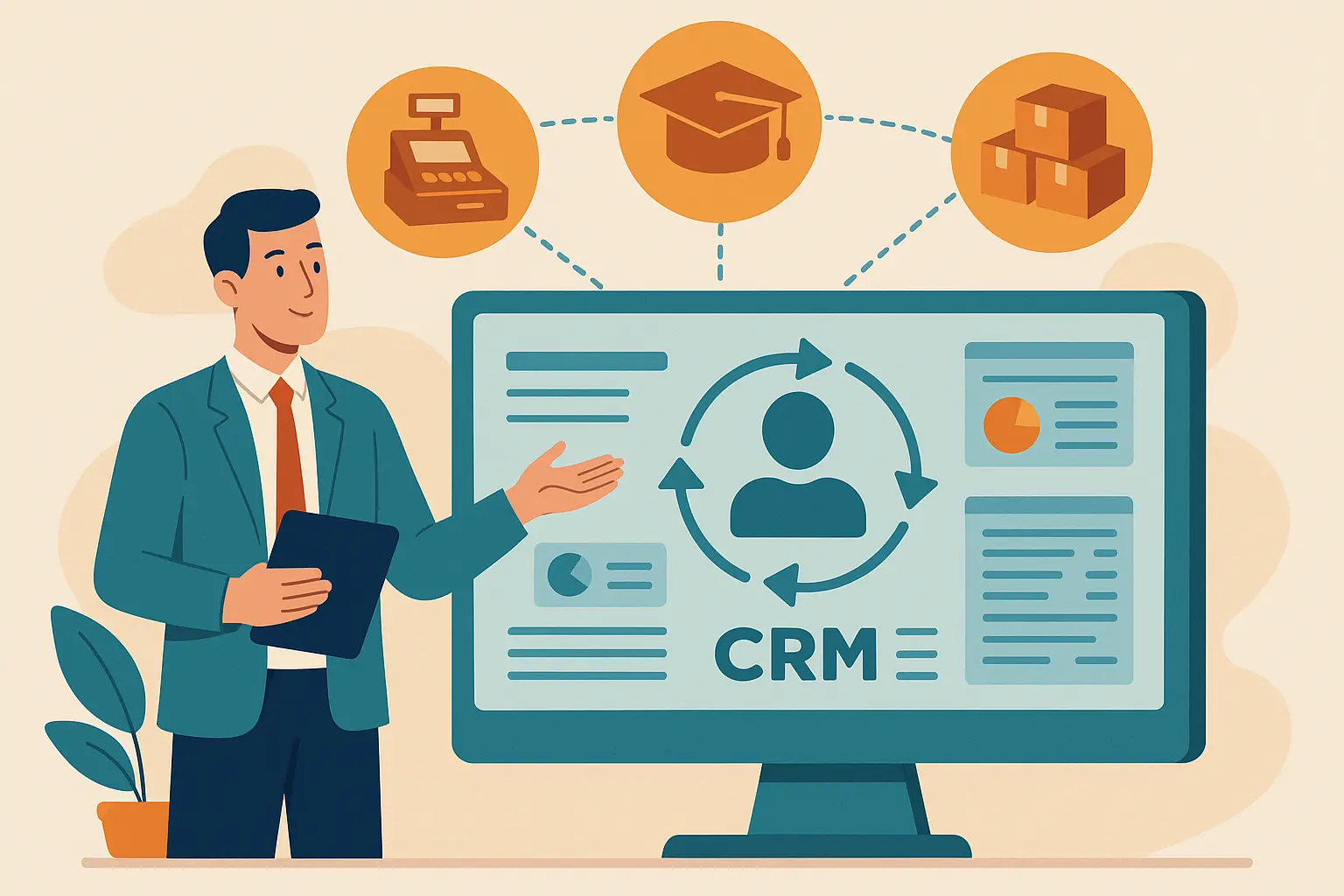
How to Integrate CRM with POS, LMS, and Inventory Systems
- In the digital-first business world, fragmented software systems can become a bottleneck. One of the most effective ways to streamline business operations is by integrating your CRM (Customer Relationship Management) system with other tools like POS systems, LMS software, and inventory management platforms.
- Whether you're a retail brand, edtech startup, or product-based business, CRM integration with these platforms brings centralized data, improved efficiency, and better customer experiences.
- Let's explore how CRM can be integrated with POS, LMS, and inventory systems, and why this matters more than ever.
Why Integrate CRM with Other Systems?
- Your CRM software is where customer information lives, contacts, communication history, support tickets, purchase behavior, and more. But when this data is siloed from the tools your sales, operations, and learning teams use daily, it leads to:
- Repeated data entry
- Disconnected user experiences
- Poor decision-making due to incomplete data
- Integrating CRM with other systems helps create a unified workflow and single source of truth. Let's look at how this works across the major systems.
CRM + POS System Integration
- A POS system (Point of Sale) handles real-time sales transactions. Integrating it with your CRM bridges the gap between physical/digital purchases and customer insights.
- Key Integration Benefits:
- Unified customer profiles: Every sale is automatically reflected in the CRM, including what was bought, when, and where.
- Loyalty programs: Enable loyalty points, rewards, and discounts based on CRM data.
- Personalized promotions: CRM data informs POS campaigns based on customer history.
- Sales performance tracking: POS data shows which products or stores are driving CRM conversions.
- Technical Considerations:
- Use middleware like Zapier, Integromat, or custom APIs.
- Sync customer contact details and sales activity in real-time.
- Map SKU-level sales data with CRM records.
- Example Use Case:
A retail chain using Zoho CRM and Square POS can sync in-store transactions to track repeat purchases and trigger personalized email offers.
CRM + LMS Integration
- LMS (Learning Management System) tools are vital in edtech businesses, HR departments, and training-focused enterprises. Integrating LMS software with your CRM can enhance learner engagement, sales tracking, and content personalization.
- Benefits of CRM-LMS Integration:
- Seamless learner onboarding: New customers are automatically enrolled in relevant courses.
- Sales-to-learning pipeline: After purchase in CRM, LMS grants course access.
- Track learning progress: Sales and support teams can view learner performance and intervene if needed.
- Lead nurturing: Use LMS activity to nurture leads within CRM (e.g., email reminders for incomplete lessons).
- Implementation Approach:
- Many platforms (like Moodle, TalentLMS, or Thinkific) offer native integrations with HubSpot CRM or Salesforce.
- Use API connections to pass user progress, quiz scores, or certifications back to CRM.
- Combine CRM workflows with LMS milestones for automated engagement (e.g., congratulatory emails, upsell offers).
- Example Use Case:
An edtech platform selling certification courses integrates Salesforce CRM with Moodle LMS. This allows tracking of course completion and sends re-engagement emails if a user stalls midway.
CRM + Inventory Management Integration
- Inventory management software ensures you're never out of stock or overstocked. But without CRM connectivity, your sales and support teams work in the dark.
- Integration Benefits:
- Real-time stock availability: Sales reps can see product availability directly within the CRM.
- Order automation: CRM can trigger inventory orders or updates based on sales pipeline stages.
- Customer-specific inventory: Set stock aside for specific high-value customers or recurring orders.
- Forecasting: Combine CRM sales projections with inventory data for smarter procurement.
- How to Implement:
- Use ERP or inventory platforms like Zoho Inventory, TradeGecko, or Cin7 with CRM integrations.
- API or webhook integrations allow syncing of product SKUs, quantity, and pricing.
- Automate alerts in CRM when inventory thresholds are breached.
- Example Use Case:
A wholesale electronics distributor integrates Zoho CRM with Zoho Inventory. When a deal moves to the "Won" stage in CRM, it automatically deducts the quantity from stock and triggers order fulfillment.
Key Challenges to CRM Integration and How to Overcome Them
- 1. Data Format Inconsistencies
- Solution: Normalize field structures across platforms (e.g., customer name, email, product ID).
- 2. Security Risks
- Solution: Use encrypted APIs, role-based access, and secure middleware.
- 3. Real-Time Sync Delays
- Solution: Choose platforms that support webhook or real-time API triggers.
- 4. User Adoption
- Solution: Train staff on using integrated workflows rather than toggling between apps.
Choosing the Right CRM Software for Integration
- Not all CRM systems are equally flexible. Choose one that:
- Supports RESTful APIs
- Offers ready-made integrations (e.g., via Zapier, Make.com, or native connectors)
- Can scale with your growing POS, LMS, or inventory needs
- Best CRM software for such integrations:
- HubSpot (excellent for LMS and POS)
- Zoho CRM (great for Indian businesses and inventory sync)
- Salesforce (enterprise-level CRM with robust API ecosystem)
- Freshsales (simplified CRM with POS compatibility)
Final Thoughts
- CRM software becomes exponentially more powerful when connected to your other business tools. Whether you're running a retail POS, an LMS-based training portal, or managing complex inventory systems, integrating them with your CRM system helps create a frictionless, data-driven environment.
- This unified ecosystem not only enhances internal efficiency but also delivers better customer experiences and scalable growth.
Looking to Build a Seamless CRM Integration?
- At Webseeder Technologies Pvt. Ltd., we specialize in CRM development, POS software, LMS platforms, and inventory integration, tailored for startups, SMEs, and enterprises alike.
- Let us help you integrate your CRM with the tools you already use.
Frequently Asked Questions
Integrating CRM with POS systems provides unified customer profiles with automatic sales tracking, enables loyalty programs and personalized promotions based on purchase history, and offers real-time sales performance tracking. This integration eliminates data silos and creates a seamless experience between online and offline customer interactions.
CRM-LMS integration enables seamless learner onboarding, automatic course enrollment after purchase, tracking of learning progress within CRM for better support, and lead nurturing based on learning activity. This creates a complete student lifecycle management system from lead generation to course completion and certification.
Common challenges include data format inconsistencies between systems, security risks with API connections, real-time sync delays, and user adoption issues. These can be overcome by normalizing field structures, using encrypted APIs, choosing platforms with webhook support, and providing proper staff training on integrated workflows.
HubSpot excels for LMS and POS integrations, Zoho CRM is ideal for Indian businesses with strong inventory sync capabilities, Salesforce offers enterprise-level integration with robust API ecosystem, and Freshsales provides simplified CRM with good POS compatibility. Choose based on your specific integration needs and business size.
Ensure data security by using encrypted APIs for all connections, implementing role-based access controls, choosing secure middleware solutions, regularly auditing integration points, and maintaining compliance with data protection regulations. Always use reputable integration platforms and keep all systems updated with latest security patches.
Our Clients









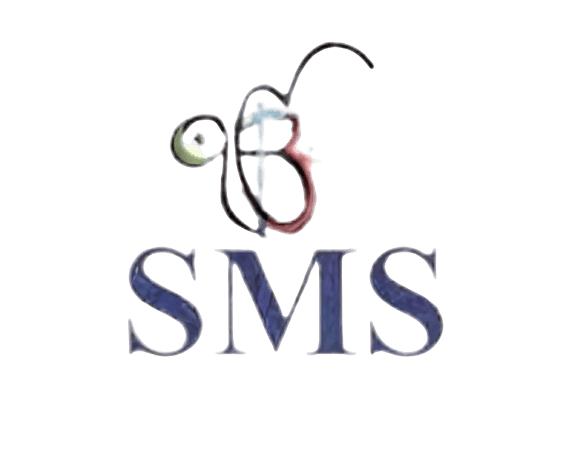
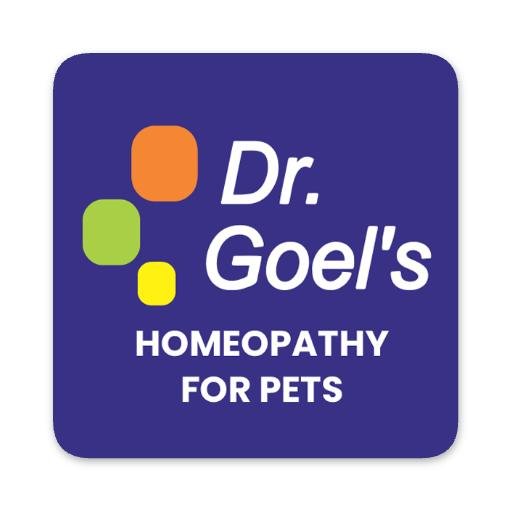

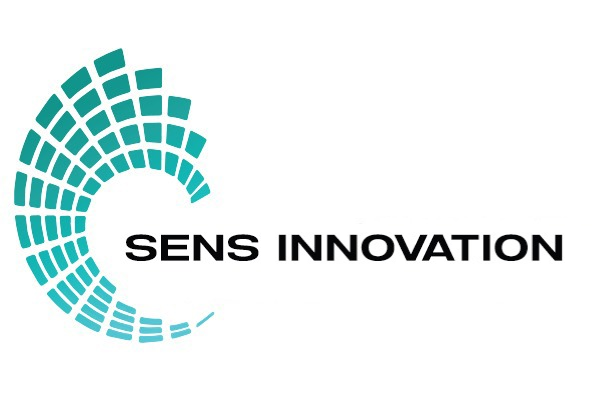
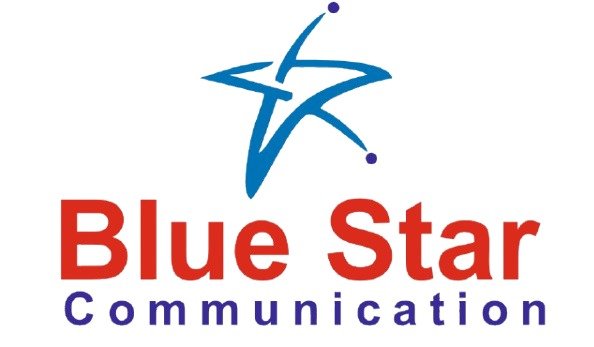

































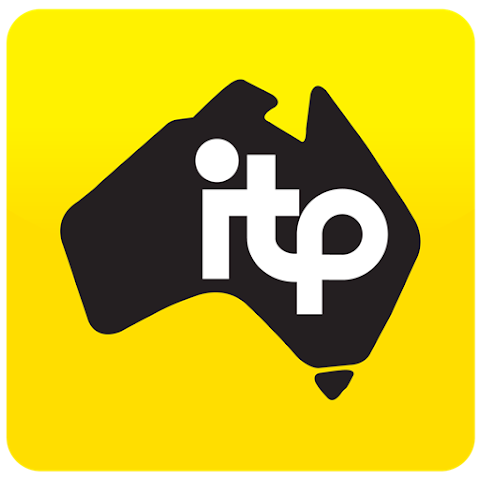
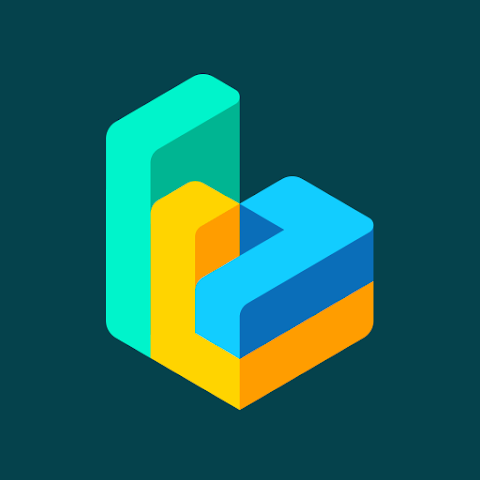
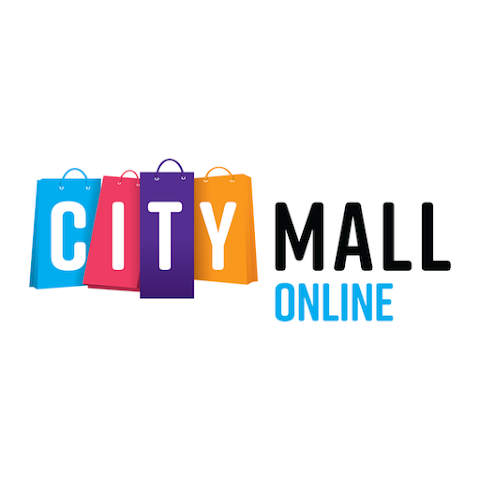
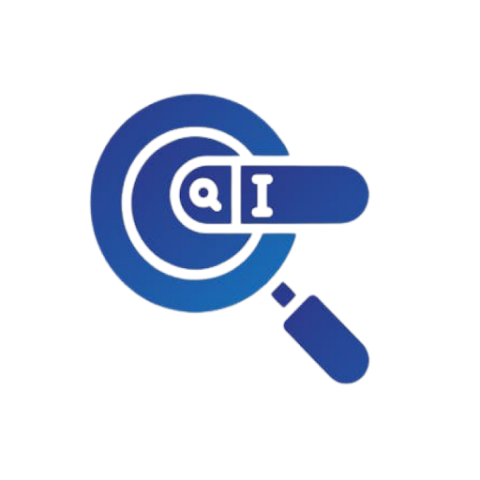



















































Together, let's create something great;
we hope to see you soon!
